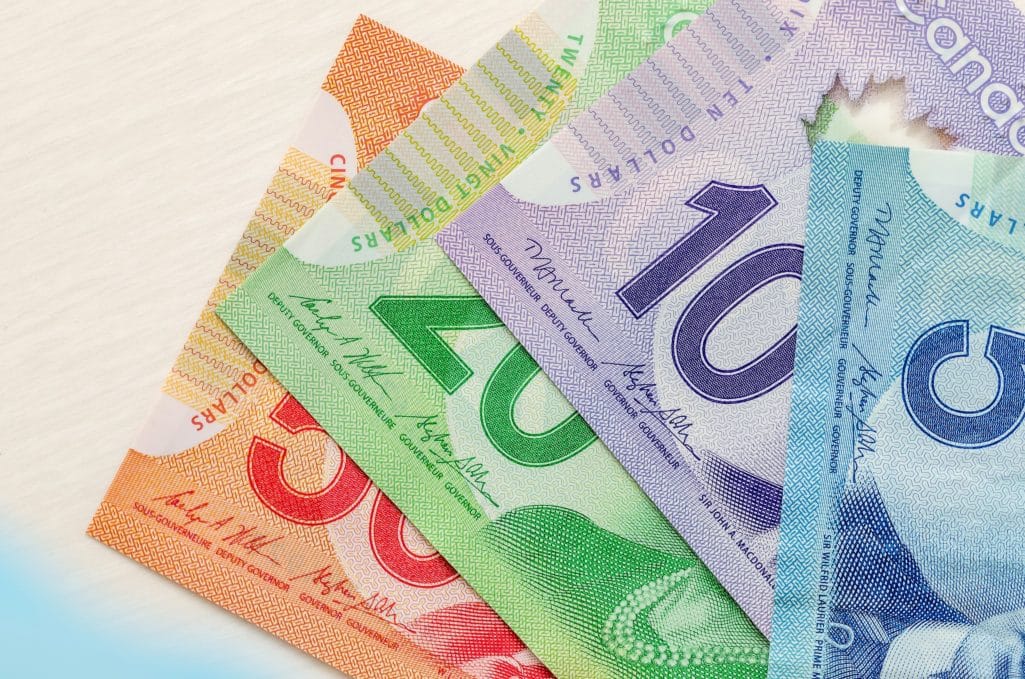Did you know…
Photocopying money risks criminal and civil sanctions. So what to do if making file copies of a trust settled with a $10, $20, $50, or $100 dollar bill? Can you copy or scan the settled property?
Reproducing images of banknotes, by photocopying or scanning money or otherwise, could constitute an offence under the Criminal Code, and the Copyright Act and could also give rise to a cause of action entitling the Bank of Canada to bring a civil action.
To avoid criminal sanctions, any reproduction must meet the following criteria1:
- the reproduction be printed less than ¾ or greater than 1½ times the size of the banknote; and
- be in black and white or only one-sided.
It may be unlikely that photocopying money to record settled property would constitute counterfeiting money or possession of counterfeit money, contrary to ss. 449 or 450 of the Criminal Code, unless the reproduction “resembles or is apparently intended to resemble or pass” for real money. However, photocopying money and printing copies of banknotes may constitute printing or making something in the “likeness” of banknotes, contrary to s. 457 of the Criminal Code.
In addition, the Bank of Canada is the registered copyright owner of all design elements of Canadian banknotes, including the portraits, vignettes, and numerals. Reproducing a banknote image without the Bank’s permission may lead to civil action by the Bank of Canada (for infringement of the copyright or reproducing copyrighted material without the permission of the copyright holder) risking an action for recovery of the infringing copies, as well as an injunction and the awarding of damages.
To seek permission of the Bank of Canada, see https://www.bankofcanada.ca/banknotes/use-bank-note-images-gallery/. In a request we made recently to the Bank of Canada, the Bank imposed restrictions further to those in the legislation, requiring the reproduction be a one-side only black and white copy at 50% of the size of the banknote with the word “specimen” overprinted on the copy.
Thank you to Mathew Crowe, Articled Student, for his directed research on this issue.
1 This criteria meets one of the two exceptions to the general prohibition on reproducing banknotes provided for under section 457 of the Criminal Code. The other is that a reproduction of a banknote may be produced with the permission of the Bank of Canada.


